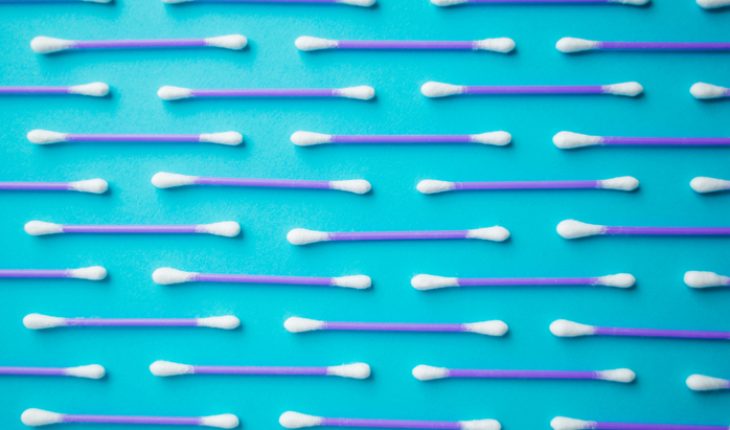Ear wax is essential for helping to keep ears clean and free of debris, but how do you get rid of excess ear wax safely?
Ears of all mammals produce cerumen, the soft yellow ear wax which helps to keep the ears clean as well as proving some protection from bacteria, fungi, insects and water.
Ears of all mammals produce cerumen, the soft yellow ear wax which helps to keep the ears clean as well as proving some protection from bacteria, fungi, insects and water.
Produced by sebaceuous glands and modified sweat glands in the outer portion of the ear canal, cerumen mops up dead skin flakes so that around 60 per cent of ear wax is actually made up of keratin, which is found in skin, while 6-9 per cent is cholesterol, the same substance that can block blood vessels.
As we get older, the ears produce more wax, which can lead to conductive hearing loss because the wax blocks the ear canal completely.
Dr Piers Dawes, a lecturer in audiology at the University of Manchester, points out that ear wax is natural and ideally, should be left to work itself out of the ear. ‘Using cotton buds to try and extract the wax is a bad idea which can actually compact the wax against the ear drum, making the problem worse and potentially leading to infection,’ he says.
Some people suffer from excess ear wax, which tends to happen naturally as people get older but can also occur if someone has a perforated ear drum, causing wax to get ‘stuck’ in the middle ear’ or wears ear plugs regularly, blocking natural migration of ear wax out of the ear. There are ways you can help to reduce it safely.
Dr Dawes suggests using a few drops of olive oil every month to soften the wax and help get it back on the move.
‘The olive oil softens the wax and helps it come out of the ear naturally. You can use a dropper to control the amount of oil. Warm up the olive oil to body temperature and lie on one side. Put a few drops in your ear and stay in that position for 5 minutes. Then sit up and use a tissue to catch the oil (and wax) as it comes out your ear. Repeat on the other side.
Put a few drops in your ear and stay in that position for 5 minutes. Then sit up and use a tissue to catch the oil (and wax) as it comes out your ear. Repeat on the other side.
It might take a few treatments to soften the wax enough, so you may need to repeat the treatment daily for a few days.’
Many chemists sell ear drops which soften the ear wax, including those containing hydrogen peroxide and glycerine, so it can naturally migrate out of the ear canal. ‘These softeners should be used for three to five days to soften hard cerumen in the ear canal,’ says Professor Anthony Wright. Ear irrigation may be needed if ear drops do not work. Irrigating the ear with water will usually clear plugs of earwax.
However, some people are not suitable for DIY ear wax treatment. ‘If you have a perforated ear drum, a mastoid cavity which causes chronic discharge from the ear, are prone to ear infections, have had ear surgery or past injury to your ears, consult a doctor before using any treatment for ear wax,’ says Professor Tony Wright of the UCL Ear Institute.
The best way to clean your ears is leave them alone unless the wax is causing health problems,’ says Professor Wright. Otherwise, use gentle softeners and never try and remove ear wax with a cotton bud.’
- January’s a Frost (1963) - 2nd January 2026
- Gen Z’s extreme health pledges - 2nd January 2026
- Use weight-loss jabs responsibly in 2026 - 2nd January 2026







